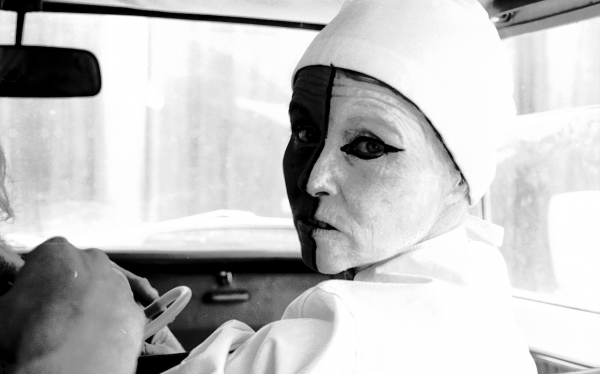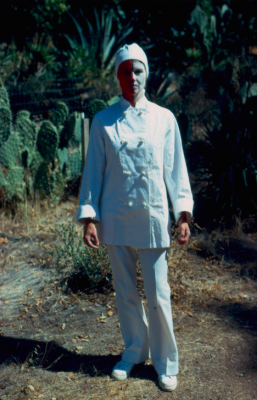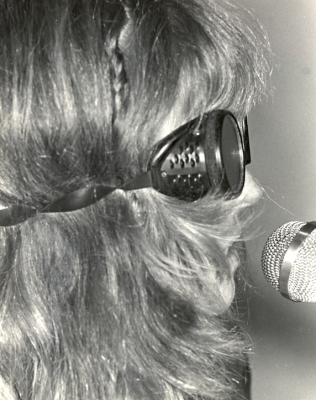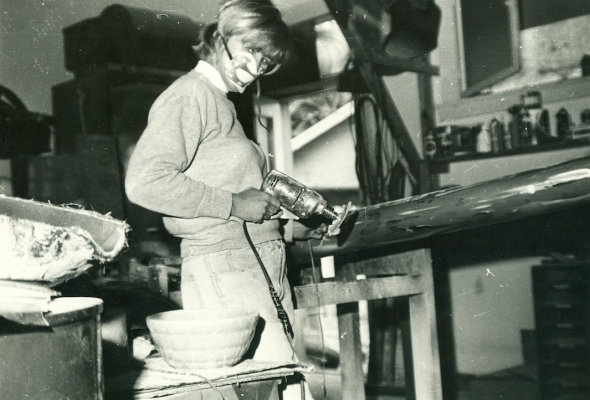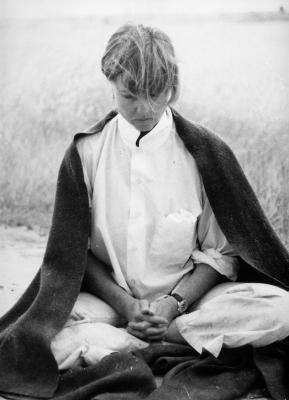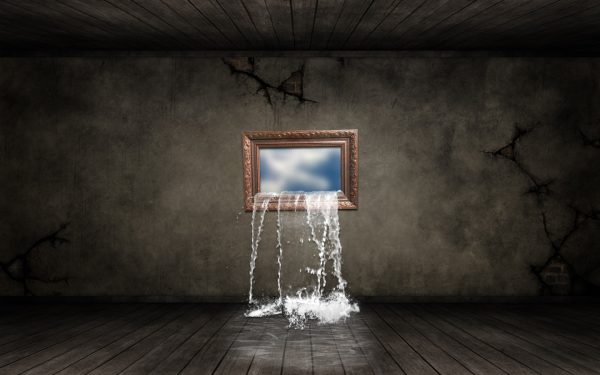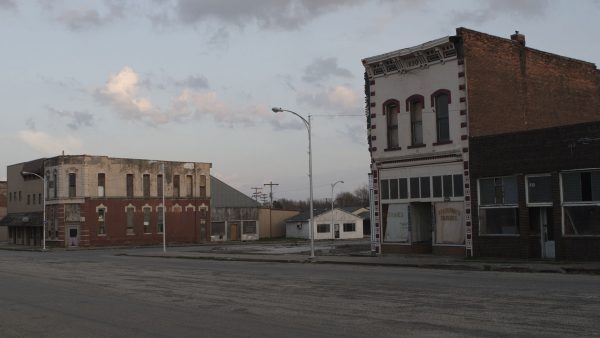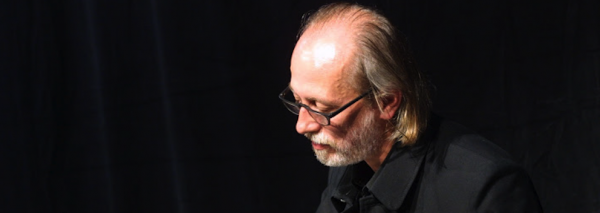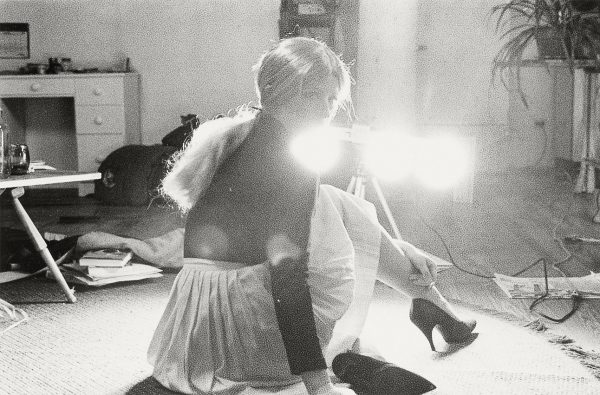Californian artist Barbara T. Smith (b. 1931) is something of a performance art legend. It was in the 1960s that she experienced her artistic awakening: married and housebound, but determined to utilise her liberal arts education, she leased a copy machine and began a series of Xerox works. Drawing on the everyday, domestic material available to her, she photocopied food wrappers, images of her children and even her own body, binding the images together as books. Later, she volunteered at the Pasadena Art Museum in California, where she met experimental performance artists like Allan Kaprow, and began to create her own ‘live’ works.
In 1971, while studying again at University of California, she co-established the artist-run gallery, F Space, along with Chris Burden and Nancy Buchanan. It was here that she performed her pivotal live piece, Nude Frieze (1972), in which fellow students stripped naked and were taped to the gallery walls. Smith later exhibited at Womanhouse – an experimental art space established by Judy Chicago and Miriam Schapiro, founders of the CalArts Feminist Art Program – and created numerous exhibitions and performances around the greater Los Angeles area.
Four decades later, Smith continues to work across several media, from painting and works on paper to installations and performance. Her pieces are intensely personal. In recent years, Smith’s practice has been reappraised in a number of important exhibitions including Connie Butler’s survey of feminist art practice: ‘WACK! Art and the Feminist Revolution’ (2008) at MoMA PS1, New York and the Museum of Contemporary Art Los Angeles, and more recently in Getty’s statewide initiative, ‘Pacific Standard Time: Art in L.A. 1945–1980’ (2011). There is growing interest in Smith’s work and legacy among institutions in Europe and a number of her Xerox books will appear in a group exhibition at Raven Row gallery, London, next year.
When I first met Smith, she had just celebrated her eighty-fifth birthday with an old friend, the performance artist Paul McCarthy. McCarthy’s daughter Mara runs The Box, a commercial gallery in downtown LA known for championing the work of an older generation of artists, representing Smith, Judith Bernstein and Simone Forti, among others. We ate sausages with Smith’s gallerists at the hip Wurstküche restaurant nearby. Smith then spent several hours talking through her paintings, drawings and Xerox works, all held at the gallery in preparation for her recent solo exhibition‘Words, Sentences & Signs’. I met Smith again at her home in Pasadena one sunny evening in August. We listened to the parrots squawking from the neighbour’s trees and chatted about her journey as an artist and feminist over a large steak salad.
